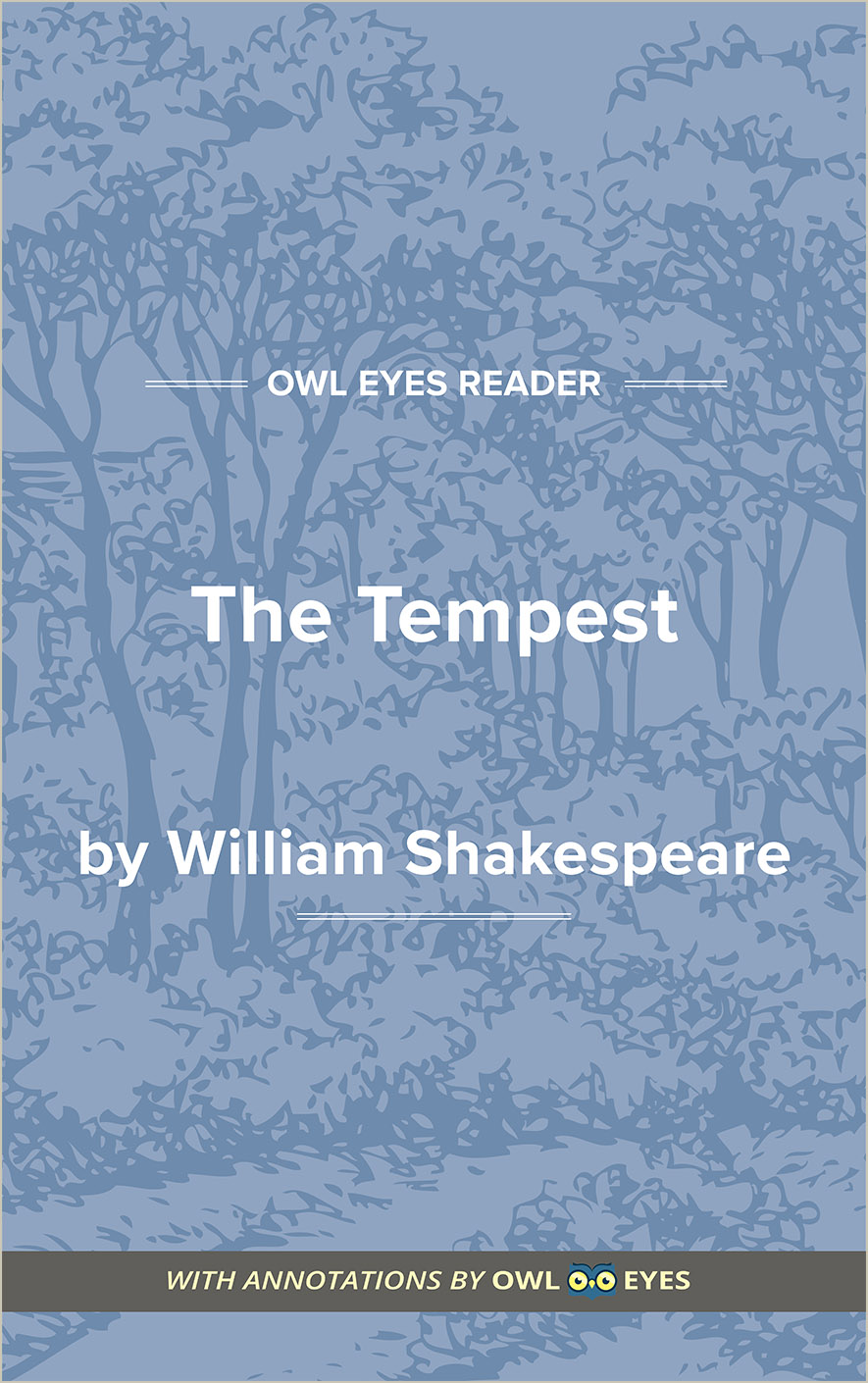Analysis Pages
Facts in The Tempest
Facts Examples in The Tempest:
Act I - Scene II
🔒"red plague..." See in text (Act I - Scene II)
"Neptune..." See in text (Act I - Scene II)
Act IV
🔒"Venus or her son..." See in text (Act IV)
"Queen o'th’Sky..." See in text (Act IV)
"Ceres..." See in text (Act IV)

